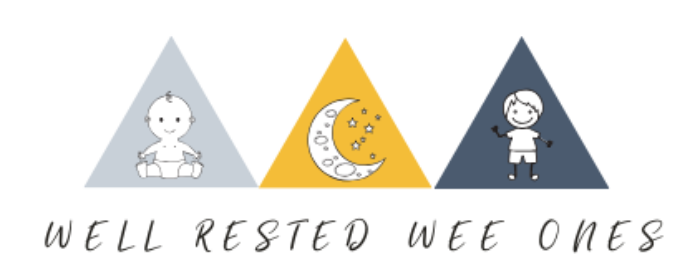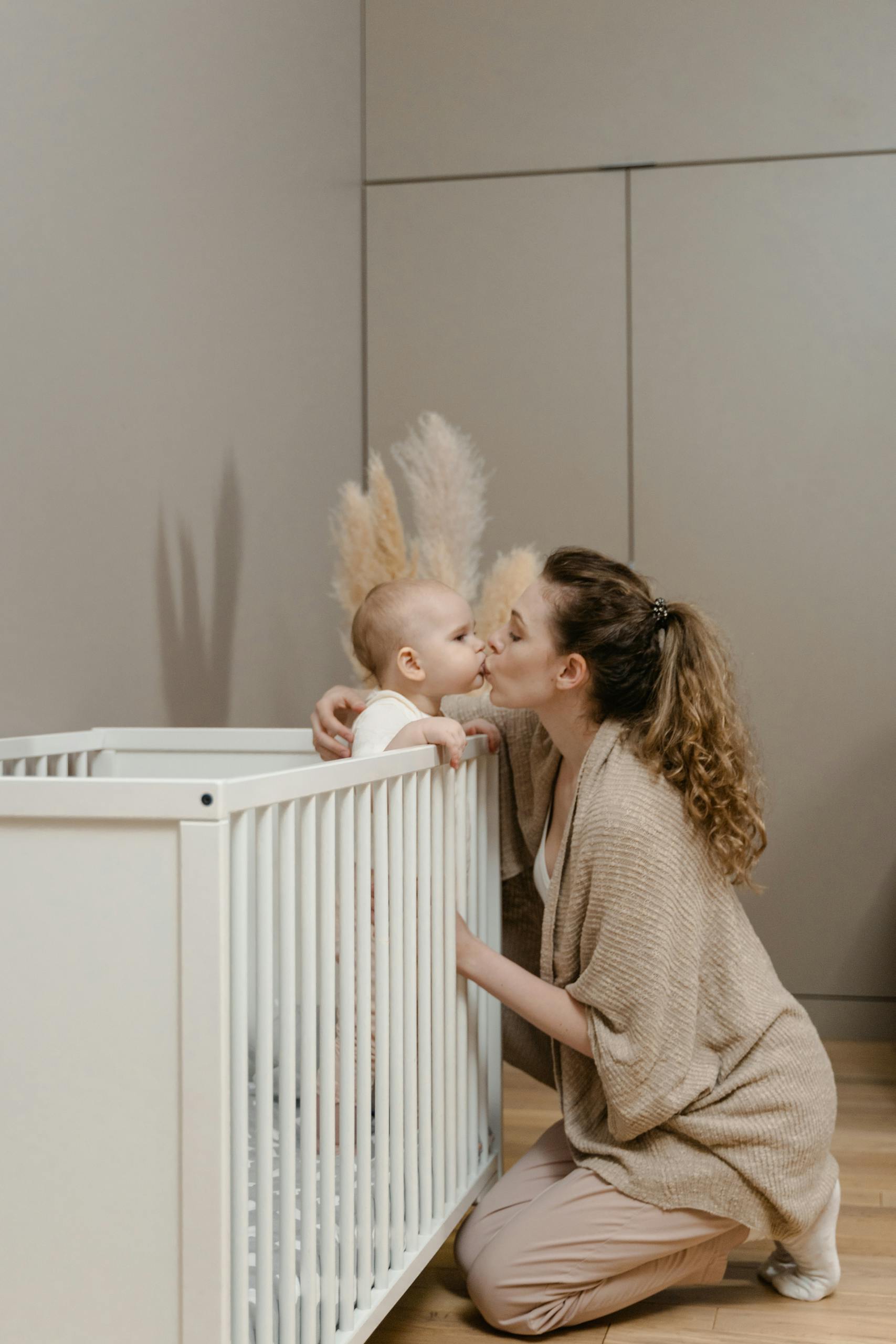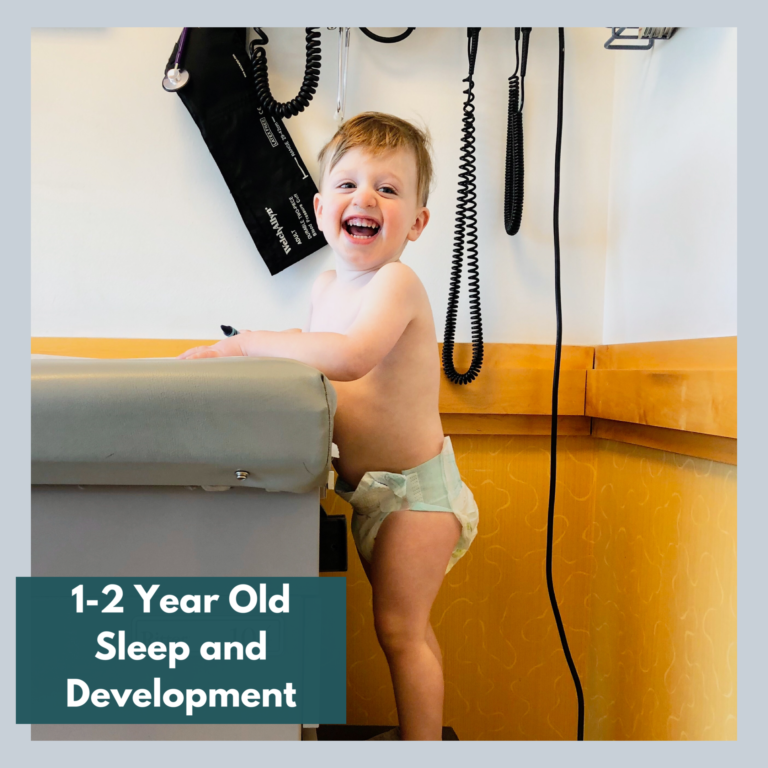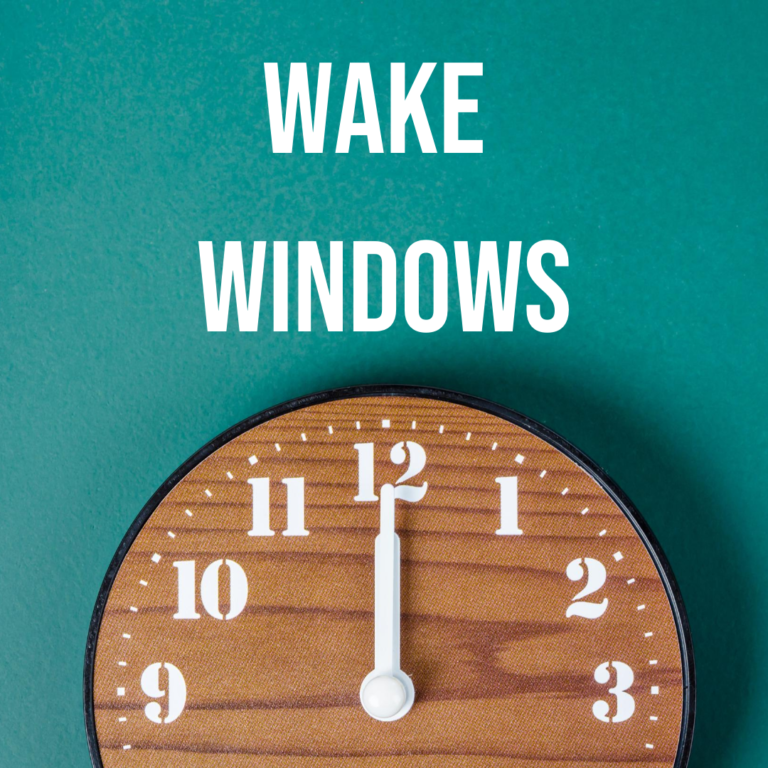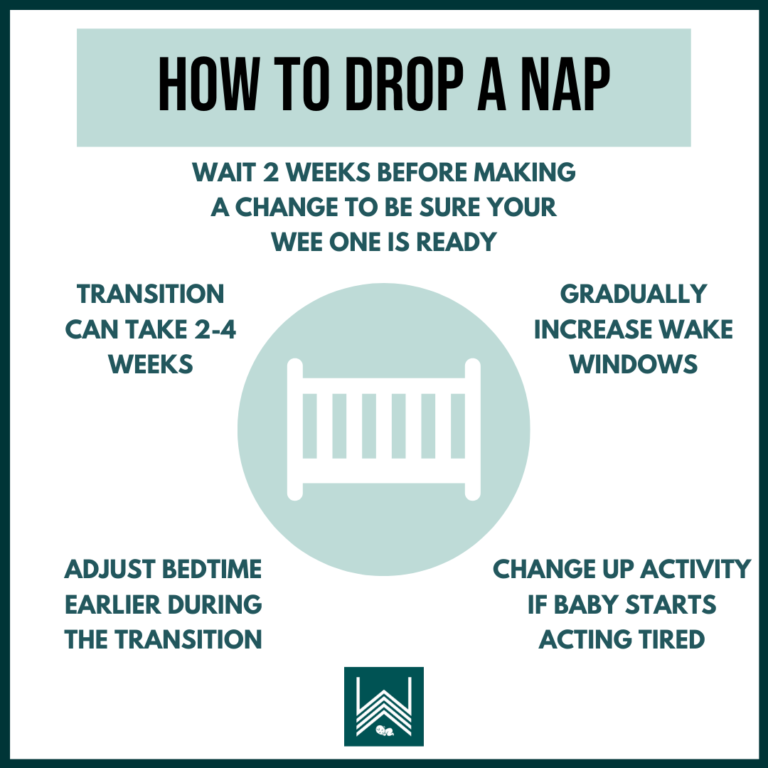Room sharing and sleep training. Is it possible?
We often get asked about the possibility of room-sharing while sleep training. I want to assure you that it is possible to sleep train while room-sharing, as long as you have a well-structured plan that ensures the removal of parental presence during training.
Once your baby is consistently sleeping through the night, you can resume room-sharing!
In this blog post, we’ll explore options for room sharing with your baby while you navigate sleep training. We’ll provide you with essential tips to help you understand the pros and cons to roomsharing and sleep training.
For more in-depth guidance to sleep training methods to help your baby with independent sleep and sleeping through the night be sure to check out our 4-24 months baby sleep course.
Room sharing vs bed sharing. What’s the difference?
It’s important to clarify the difference between room-sharing and bed-sharing, as they are very different.
We can work with families who choose to room-share, but we don’t recommend bed-sharing when following our sleep plans.
Room-sharing means sleeping in the same room but in separate spaces. Bed-sharing, on the other hand, involves the baby sleeping in the same bed as the parents.
Your baby should have their own crib, bassinet, or pack-n-play placed away from your bed. For tips to introduce your baby to crib sleep check out my newborn sleep and feeding guide.
The pros of room sharing and sleep training
There are both pros and cons to room-sharing. Let’s start with the advantages:
- The American Academy of Pediatrics (AAP) recommends room-sharing until the age of 6 months to lower the risk of SIDS (Sudden Infant Death Syndrome). The risk of SIDS can be further minimized by following safe sleep practices and decreases significantly between 3-4 months of age.
- Room-sharing offers convenient access for mothers who breastfeed or bottle-feed during the night.
- It is a great way to maximize space in smaller homes.
- Lastly, it helps maintain a sense of connection, which is a common concern for parents when considering moving their baby to a separate room. Rest assured, there are many ways to connect with your baby even when they have their own room!
Disadvantages to room sharing and sleep training
However, there are also drawbacks to room-sharing, which can be seen as benefits of transitioning to their own room:
- Around 3-4 months, babies experience shifts in their sleep patterns, and sleep becomes a learned behavior. This can lead to new, frequent wakings. These developmental changes make babies more aware of their surroundings too, and they can easily be distracted by your presence, making it harder for them to fall back asleep.
- When babies can see, hear, and smell you, especially if you’re breastfeeding, it can be much harder for them to fall asleep or back asleep independently without needing your help. Also, many babies are ready to stop overnight feeds around this age.
- It’s often harder than expected to listen to your baby cry when they’re right next to you. When you commit to sleep training, you’ll choose a method that aligns with your comfort level regarding crying. If you stay in the same room, it can be very challenging to remain consistent with the chosen method without intervening too soon, too much, or reverting to old habits.
navigating room sharing and sleep training
Here’s how to navigate room-sharing during sleep training:
The need to temporarily move out of the room typically lasts for the first 3 days but can extend up to 2 weeks until your baby is sleeping through the night. Moving out provides the time and space needed for your baby to learn self-soothing skills.
After saying goodnight and leaving the room, sleep in another space in your home and use a video monitor throughout the night to stay consistent with the method.
Once your baby is consistently sleeping 11-12 hours overnight and getting more restorative sleep, you can move back into the room.
Make sure the crib is as far from your bed as possible, as babies can be very sensitive to your presence.
If your baby wakes up after you move back in, avoid intervening immediately. Instead, use your chosen sleep training method as needed to help keep their sleep on track.
For the long-term, if you plan to continue room-sharing for several more months, I highly recommend using a Slumberpod. (Discount code: wellrestedweeones).
This tool will darken your child’s sleep environment, creating a sense of their own space. It will also help minimize distractions if you need to wake up earlier than your baby or enter the room after bedtime. This can be a great solution for parents who want to continue room-sharing after sleep training!
conclusion
In conclusion, while the idea of room-sharing and sleep training might seem contradictory, it’s absolutely achievable with a thoughtful and temporary adjustment to your sleeping arrangements during the initial training period.
By prioritizing your baby’s ability to learn independent sleep skills and then strategically reintroducing room-sharing, you can enjoy the benefits of co-sleeping in the same room once your little one is consistently sleeping soundly through the night.
Remember, the goal is a well-rested baby and a well-rested family, and sometimes a short-term separation is the key to long-term peaceful nights under the same roof. If you’re struggling to tackle night wakings, consider exploring our detailed sleep course for step-by-step guidance. With patience and the right approach, you can help your baby master the art of sleeping through the night, giving both of you the rest you deserve.
Need sleep support?
If multiple night wake ups and feeds or distracted daytime feeds are the norm…I have a class for you! The 4-24 Month Well Rested Collection will walk you step-by-step through a completely customizable sleep training experience. In just a few weeks, your baby will be getting 11-12 hours of independent night sleep, how to wean overnight feeds, AND you’ll have a plan to navigate any future regressions or bumps in your journey. I’ll also help you set up a daytime routine and nap schedule that fits your family’s lifestyle and values. And you’ll get age-specific guidance to meet your baby right where he or she is developmentally at every stage from now until your baby turns 2.
For personalized support and daily guidance we also offer 1:1 personalized sleep coaching to families starting at 3 months and work with toddlers up to age 4. We have multiple options that can help you get your baby’s sleep back on track!
